Laowa 8-15mm f/2.8 FF II Zoom Fisheye Review: Sharp But Niche

I don’t really like fisheye lenses. I’ve never found much use for them and find the surreal look of the images to be of limited utility. But that doesn’t mean that I won’t jump at the chance to give a new one a try.
Laowa certainly has released a unique $699 fisheye lens this time: the 8-15mm zoom is made specifically for mirrorless cameras in Z-mount, E-mount, RF-mount, and L-mount. I decided to shoot the Calgary Stampede festival, better known as the greatest outdoor show on Earth, with the new optic on a Canon R5 Mark II. I figured that the surreal nature of our largest outdoor fairground would be ideal for the surreal image making of the new Laowa. Even better, this new lens covers full-frame sensors. Well, it sort of does.
Laowa 8-15mm f/2.8 FF II Zoom Fisheye Review: How It Feels
The Laowa covers the entire full-frame sensor of a camera when shooting at the 15mm mark, although you can see a bit of the lens barrel when focused closer than infinity. As you zoom wider, you can see more and more of the circular light circle, until you reach 8mm and get a spherical image on your rectangular sensor. This is pretty normal on a circular fisheye lens, and the 8mm frame does fill the full-frame sensor from top to bottom. I had fun shooting both extremes of the focal range, especially considering that the 8mm range covers a 180-degree angle.


The lens itself is very easy to carry around since it weighs only 23 ounces (650 grams). It is solidly built out of metal, with a very smooth-turning manual focusing ring and aperture. It is important to note that this lens does not have any weather-sealing and also does not have any communication with the camera body. I know that it is common for unique third-party optics like this to lack any electrical connectivity, but I still find it very inconvenient. There is no lens hood due to the protruding front element, but there is a rugged metal cover to keep the glass safe. This lens can only be focused manually, but given the massive depth of field that an ultra-wide lens provides, I was able to simply focus in the rough zone that I want and count on a moderate aperture to ensure sharp focus.
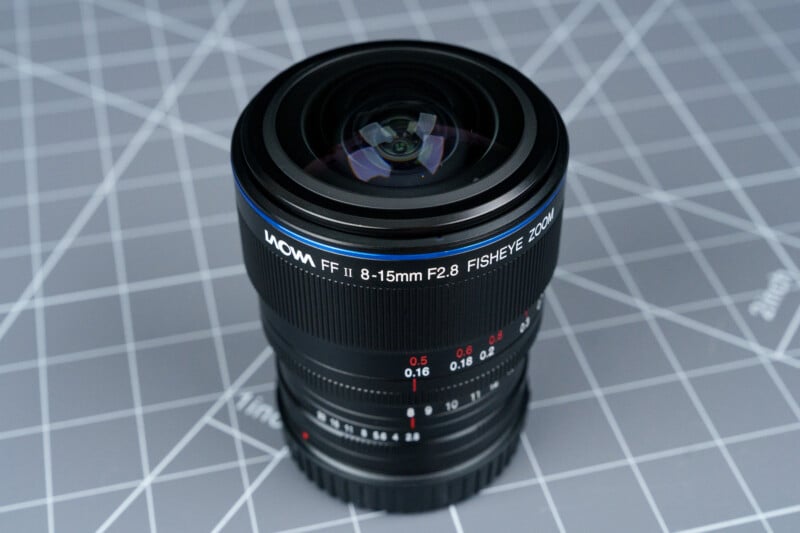
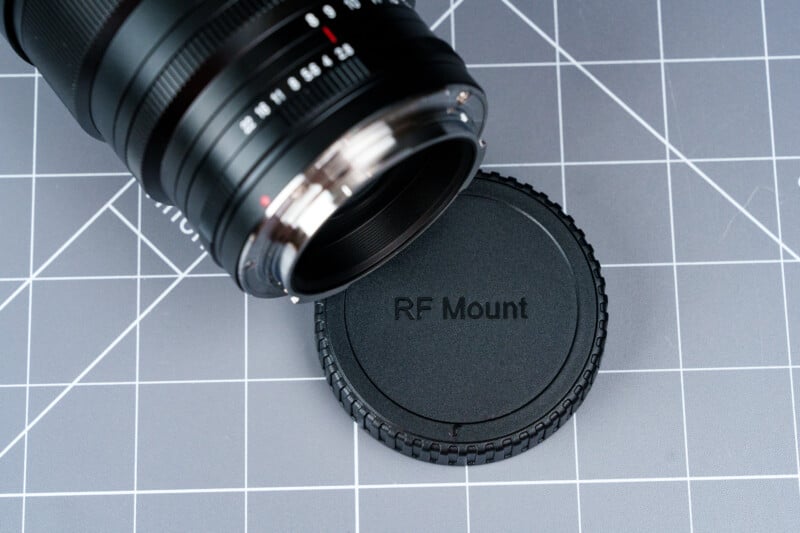
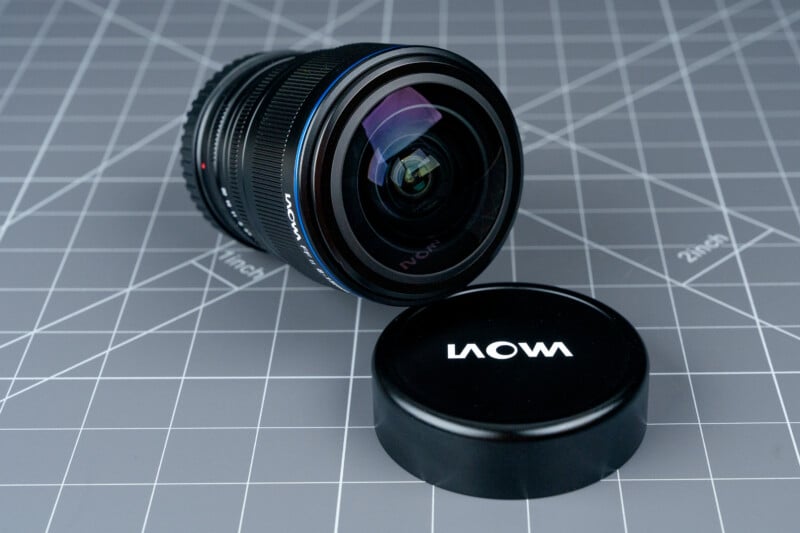
![]()
![]()
![]()
Laowa 8-15mm f/2.8 FF II Zoom Fisheye Review: How It Shoots
Bokeh is not something you would normally worry about on a fisheye zoom lens, but the Laowa can focus pretty close at just over six inches from a subject. This allows for some soft backgrounds when shooting portraits or close-up shots. The bokeh has a bit of harshness to it, with a fairly strong soap bubble effect happening around specular highlights. These can be distracting, but as stated, it is rare that this will be an issue.

![]()
![]()
The Laowa did a decent job of resisting flare issues, however, the results really depend on where the light source is. If something like the sun is in the frame, the flare is very minor. Contrast is strong, and ghosting is minimal. However, put the sun in the center and you get concentric rings in the frame, put it outside the frame and you can get a cone of flare that is very distracting. Sunstars aren’t very dramatic either, but the lens is still fun to shoot in most lighting. Honestly, I found myself seeking some of the more dramatic flare results in order to add some character to the shot.
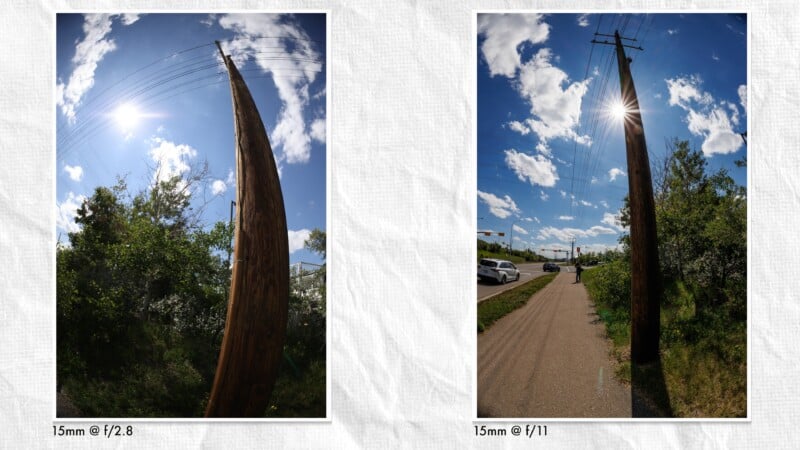
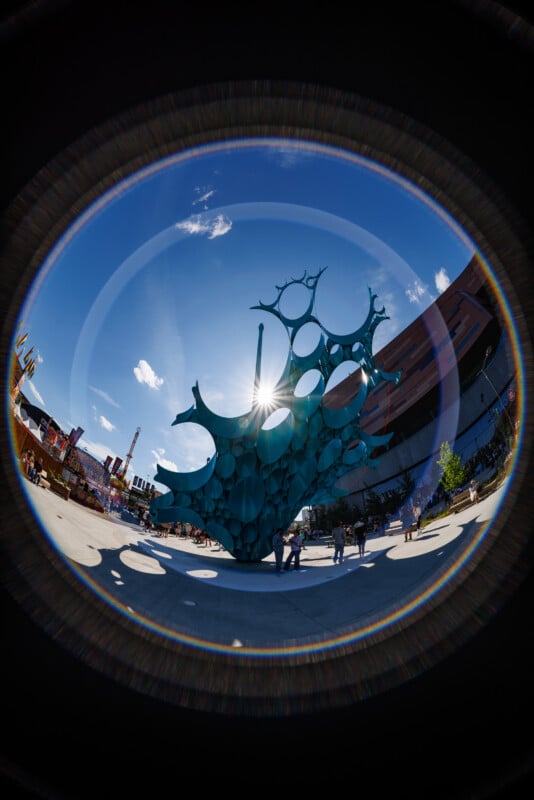
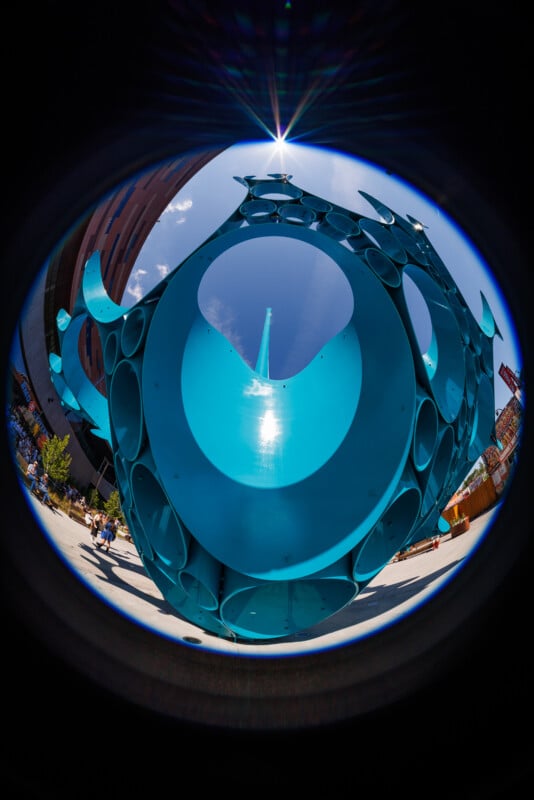
Sharpness is far more impressive than I expected out of this lens. In the center, the lens is quite sharp, even at f/2.8. There is plenty of contrast and detail to go around, but the corners are another story. Slightly off-center subjects will start to go blurry at f/2.8. Stopping the lens down to f/5.6 helps in a big way, and I found myself shooting with tight apertures in order to maximize sharpness across the frame. That being said, most fisheye shots will naturally place the subject in the center of the frame, so happily shoot at f/2.8 if this is the case.
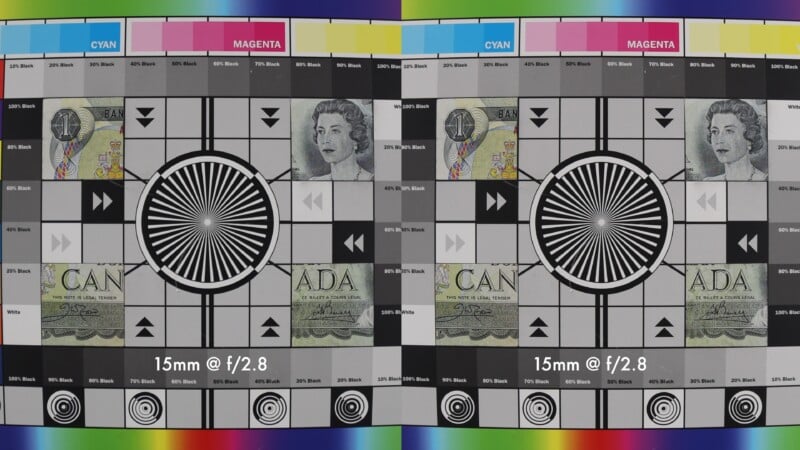
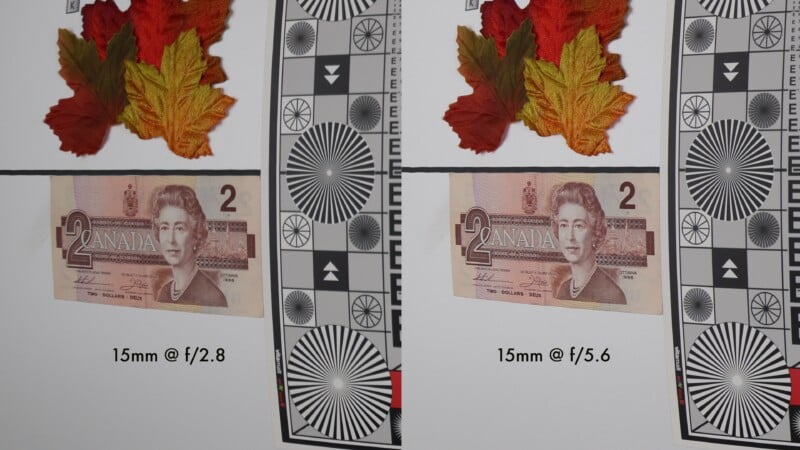
![]()
Laowa 8-15mm f/2.8 FF II Zoom Fisheye Review: Sharp but Niche
I had fun with the Laowa fisheye zoom lens even though it is not my cup of tea. It does, however, give a fun and unique outlook on the world, and many photographers will find the results charming. Most importantly, there isn’t much choice available anyway. Both Nikon and Canon make fisheye zoom lenses, but these are older designs for their DSLR cameras. You can adapt them to a mirrorless camera, but they will cost you more money, especially if the adapter is needed too. If you don’t need autofocusing and EXIF data, the Laowa 8-15mm might be just what you are looking for. At $699, it will save you a little bit of money, and the optical results are quite decent. If you want to see the world like a fish, and want to zoom while you’re doing it, the Laowa 8-15mm makes the most sense.
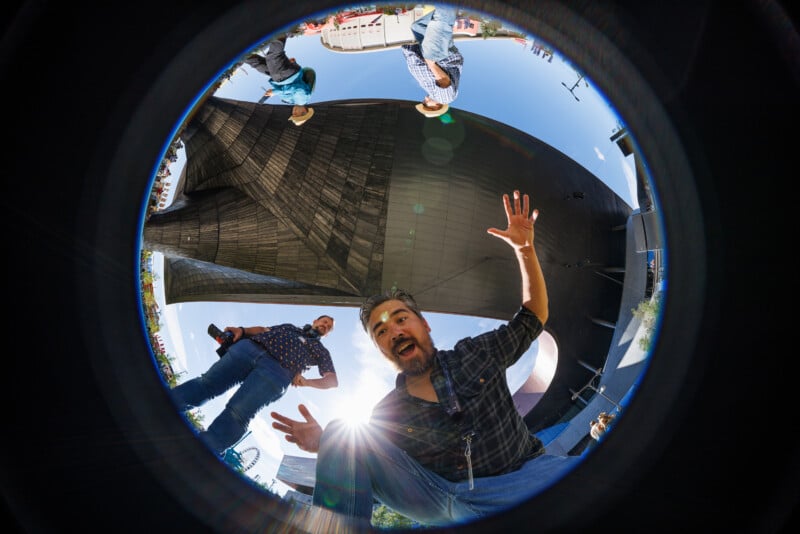
![]()
![]()
Are There Alternatives?
Not really. Other than adapting an older — and expensive — DSLR lens, there aren’t many options for fisheye zoom lenses. If you are ok with a prime lens, there are way too many choices, but the beauty of the Laowa is in its versatile zoom range.
Should You Buy It?
Yes. If you like fisheye lenses, the Laowa gives you a decent circular and diagonal fisheye lens in one.
Source link



